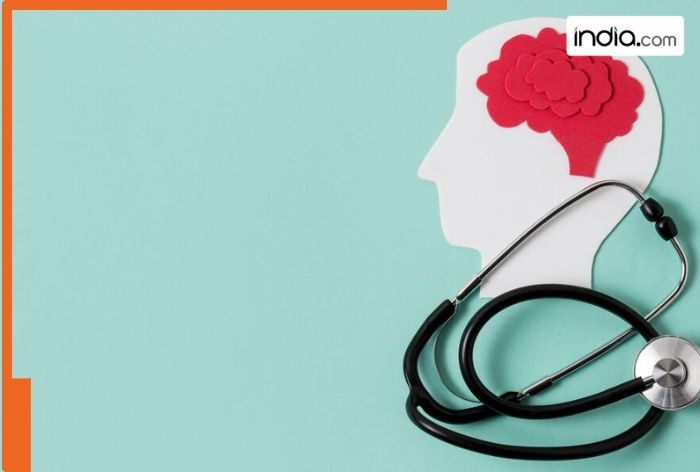Stroke is relatively more common in women. Read on to learn more about it and what are some of the early warning signs you should be aware of.
Stroke is not just something that older people face. It can happen to anyone, whatever it is. But did you know that stroke can be relatively common in women? Stroke is a major cause of disability and death for all people around the world. But it is the third leading cause of death in women and kills more women than men, according to the American Stroke Association.
Why are strokes common in women?
Hormonal changes caused by pregnancy, or the use of oral contraceptives, and longer life expectancy are some of the reasons that explain the higher incidence of strokes among women than among men, experts say.
Dr Atul Prasad, Senior Director and HOD, Neurology, BLK – MAX Super Specialty Hospital, told IANS that life expectancy is longer, hormonal factors that are influenced by pregnancy and childbirth, oral contraceptives and menopause.
Hypertension and heart diseases such as atrial fibrillation, irregular heart rhythm and pollution are other important risk factors.
“Women with a history of migraine with aura are at increased risk of stroke, especially in conjunction with factors such as smoking or oral contraceptives. Another is preeclampsia, a complication of pregnancy, which doubles the risk of having a stroke after the fact, but is rarely considered,” Dr. Sumit Singh, head of neurology at Artemis Hospitals.
Experts noted that women also often have atypical or less recognized stroke symptoms, such as fatigue, general weakness, confusion or disorientation, nausea or vomiting, contributing to delayed diagnosis and treatment.
Stroke symptoms
“Common symptoms such as difficulty speaking, sudden weakness and facial drooping are established in both sexes; However, symptoms in women are more disguised as dizziness, fatigue, nausea and even hiccups. These unusual symptoms often delay judgment or misdiagnosis and are instrumental in worsening the outcome,” Singh said.
While ischemic stroke treatment and prevention are generally similar for men and women, post-stroke rehabilitation programs for women should be more gender-specific.
“Outcomes are worse and depression and cognitive decline occur more frequently, with longer recovery times in women compared to men. Therefore, stroke recovery must be approached more comprehensively with mental health support, social integration and individualized physical rehabilitation,” the doctor said.
The basic strategies for preventing ischemic stroke (controlling blood pressure, controlling cholesterol, avoiding smoking, and maintaining a healthy lifestyle) are the same for both men and women.
However, Prasad emphasized the need for women to regularly monitor their risk of stroke if they take birth control pills or undergo hormone replacement therapy (HRT). Women with a history of preeclampsia also need long-term follow-up.
(With IANS inputs)
